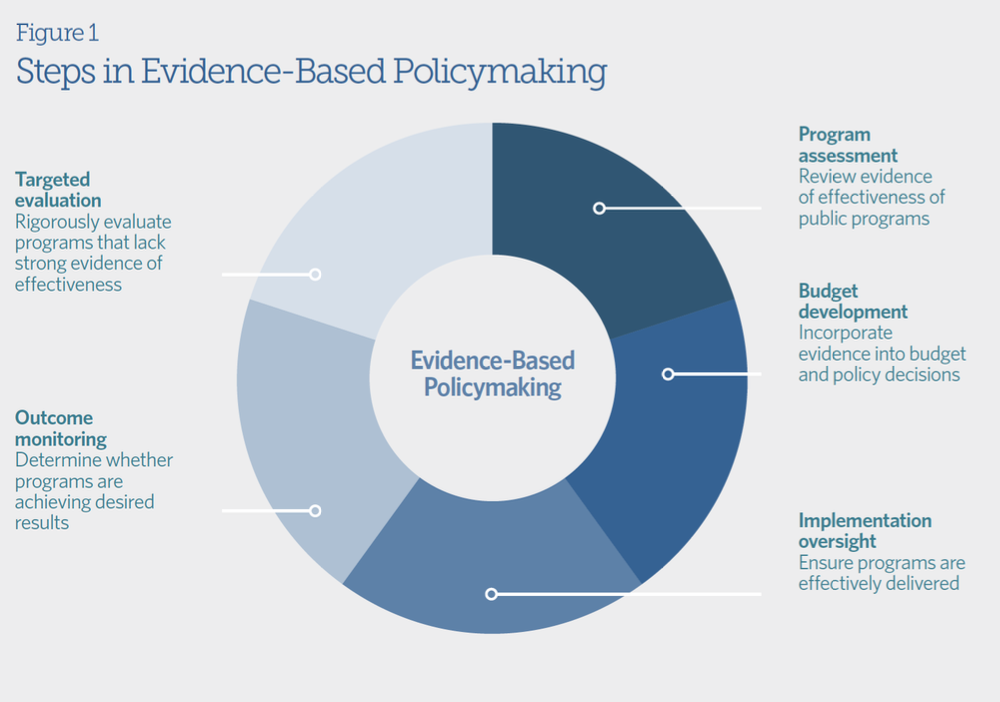4.4. Importance of Evidence Based Practices
Alison S. Burke
In the 1970s, Martin Robinson issued his infamous claim that “nothing works” in rehabilitating offenders. [1] In the 1980s, numerous research studies were published that contradicted this claim and proposed alternative approaches to combating crime and effective interventions. Since then, countless researchers, agencies, and even Congress have adopted the need to create comprehensive evaluations of effective programs.
Evidence-based practices mean utilizing research in pursuit of identifying programs, policy initiatives, or practices that work. The Office of Justice Programs (OJP) “considers programs and practices to be evidence-based when their effectiveness has been demonstrated by causal evidence, generally obtained through high-quality outcome evaluations,” and notes that “causal evidence depends on the use of scientific methods to rule out, to the extent possible, alternative explanations for the documented change.” [2] National research clearinghouses are great resources for systematic literature reviews of effective public programs across a plethora of areas, such as:
- the U.S. Department of Education’s What Works Clearinghouse,
- the U.S. Department of Justice’s CrimeSolutions.gov,
- Blueprints for Healthy Youth Development,
- the Substance Abuse and Mental Health Services Administration’s National Registry of Evidence-Based Programs and Practices,
- the California Evidence-Based Clearinghouse for Child Welfare,
- What Works in Reentry, and the Coalition for Evidence-Based Policy.
With evidence-based practices comes evidence-based policymaking. Evidence-based policy-making identifies what works, enables policymakers to use evidence in deciding budgets and policy, identifies where there are gaps or information is lacking, monitors and measures key outcomes, and continuously uses the information to improve performance and objectives. [3] The goal is to create a policy that can be enforced consistently and can withstand political change.


